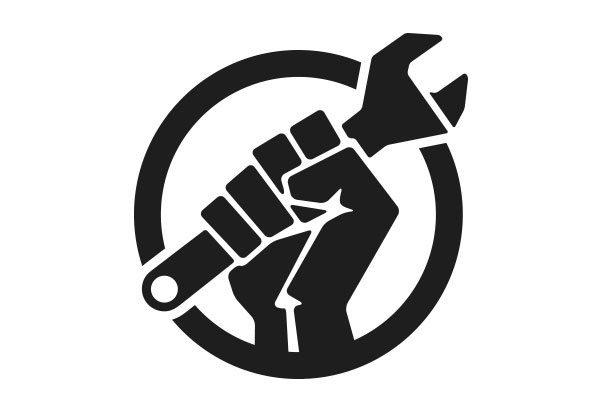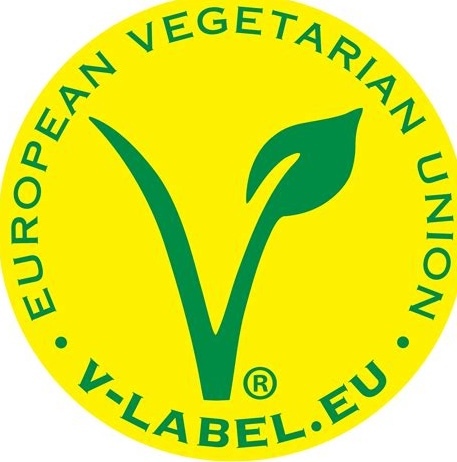

Lol. Ist hald aber eigentlich so was von wahr.


Lol. Ist hald aber eigentlich so was von wahr.


You could look into using 3rd party clients to view Lemmy. They often enhance the default behavior with additional features. E.g. Voyager (the one I’m using) has a “keyword filter”.


Indoor hast du halt den Vorteil dass du keinen Windwiderstand hast.
Aber es gibt auch Verrückte die Outdoor 1000k in unter 24h geschafft haben: https://www.christophstrasser.at/24h_road_rekord_2021/details_daten_1day1000k/

Well, I set myself up for this, didn’t I… 😅 Actually I was kind of hoping for a more specific question, as I would need to respond with a wall of text - and I would like to avoid that as it is kinda rude to force people to read so much and it makes discussion difficult.
So maybe 3 options:

Well I wasn’t expecting to find THE right answer in the comments already. Kudos!
And to everyone reading through this post: If you have questions, need more explanations or want to learn more about the options that we have to “stabilize” a renewable energy system and make it long term viable, just ask!


Just FYI: There is at least ONE product that has both. See my other comment in the thread if you are interested. 😇


As I comme ted on the cross-post, but I thought it might be interesting for others in this thread. The product basically fits the requirements very well:
Unfortunately, the mouse is only sold in a keyboard/mouse bundle, but the “CHERRY STREAM DESKTOP RECHARGE” bundle might be something you would be interested in. Both keyboard and mouse have replaceable batteries and these suckers are built to last. The mouse is little bigger, so def. have something in your hand and it has super silent buttons. I especially like the type-feel of the keyboard. I am normally totally I to mechanical keyboards, but I can totally tolerate typing on it. 😉
Edit: Oh, and I forgot. You can recharge them with a USB-C cable. They also use off-the-shelve NiMH rechargeable batteries that you can get almost everywhere if you want to replace it in the future.
(Disclaimer: I work for Cherry, but IMHO it is still a very good product for the price. )


There actually ARE products out there that have both. E.g. “STREAM DESKTOP RECHARGE” bundle from Cherry can do both.
(Disclaimer: I work for Cherry, so I just happen tp know that product. But I am certain that there are other similar products from other brands as well.)


Unfortunately, the mouse is only sold in a keyboard/mouse bundle, but the “CHERRY STREAM DESKTOP RECHARGE” bundle might be something you would be interested in. Both keyboard and mouse have replaceable batteries and these suckers are built to last. The mouse is little bigger, so def. have something in your hand and it has super silent buttons. I especially like the type-feel of the keyboard. I am normally totally I to mechanical keyboards, but I can totally tolerate typing on it. 😉
Edit: Oh, and I forgot. You can recharge them with a USB-C cable.
(Disclaimer: I work for Cherry, but IMHO it is still a very good product for the price. )


Thanks! 🫶 It’s been working pretty well lately.


Yeah, trying to be a good example and hopefully an inspiration to others IRL. Also, talking to interested people warming them to the general ideas and explaining the concepts of veganism, hopefully removing some misconceptions and prejudices along the way.


Everyone needs to go vegan. ☺️👍


Wait, you’re supposed to adapt? I just fumble my way through the day.
Hi there!
As much as we welcome everyone’s input, there is no need to be rude. (Even though you might have meant it as a “joke”.) Anyhow, this should not be the tone of discussion around here.
Please feel free to comment here again if you find other words to express yourself.


Just as a sort of PSA: You will get no omega acids from WHOLE flax seeds. You need to ground them up first! This should be done shortly before consuming as the ALA in the seeds tends to oxidize when exposed to air.
I’m super late to the party and I hope everything is going well on your side.
I’m not a parent, but I find the info at PCRM generally helpful and mostly fact based.
They also have a little section about plant based diets and pregnancy: https://www.pcrm.org/good-nutrition/plant-based-diets/pregnancy
All the best!


it’s harder to fight evolution and it takes time
See, I don’t really understand why you think we would need any evolution for this. For what it’s worth, we are already very well capable of thriving on a plant-exclusive diet with our current genetic setup.
meat free lifestyles would most likely push different evolutionary traits in a few million years
Most probably not - or at least not to great extent. You need a selection pressure for evolution to happen. I.e. you need natural selection. And since our food-choices influence our chances for reproduction very little in our modern days. Humans removed them selves to a great extent form “evolution by natural selection” anyways in our age.
you have to consider cultural influences as well
Cultural influences can be used as an explanation for a status quo, but are a bad justification for future behavior most of the time.
Additionally, veganism is more prominent in higher income countries because of food processing and “health food” taxes cost money, so many vegan items aren’t inexspensive.
I can not agree with you on that statement in any way. The cheapest staple foods you could get are mostly vegan (Grains, Legumes, Dried goods, seeds, vegies, fruit, potatos). Meat and animal products are quite expensive to produce in comparison. Most of the time this just does not seem like it, because animal ag is extremly subsidized to keep this industry economically viable. If anyone would need to pay the FULL price of animal products, most of us would not be able to afford then on a regular basis.
Those people that are too impoverished to afford a full vegan diet would starve without meat.
Completely backwards. “Poorer” regions that have a climate suited to produce crops often have traditionally a very plant heavy diet, since things like grains and legumes have a great shelf life and are very cheap. Meat is fucking expensive. It boils down to basic thermodynamics. You need to put so much calories into an animal that you will never be ably to retrieve by consuming their body. It is wasteful.
Also consider those places where the land can’t be fertilized and farmed. Those people as well would starve.
No one in their right minds would say that some indigenous tribes or the Inuit need to be eating veggie burgers tomorrow. We are talking about the vast majority of people on this planet - like you and me. And we have the choice. Diverting the argument over to some hypothetical about foreign tribes or poor people is not necessary and also not at the heart of the arguments.


PS:
I forgot an important note on the “morality” point.
It might not always be obvious to non-vegans, but Veganism is not a diet. It actually is a moral compass. To make this more clear, let me copy you some of the “definition of veganism”:
“Veganism is a philosophy and way of living which seeks to exclude—as far as is possible and practicable—all forms of exploitation of, and cruelty to, animals for food, clothing or any other purpose; […]”
That is veganism. Nothing more, nothing less. The things we collectively do as vegans are just consequences of internalizing this philosophy and acting according to it.
That’s why the topic of “morality” often comes up in discussion with vegans, but for an outsider going that route might sound a little far-fetched. But it actually isn’t - it is at the core of our actions.
Just wanted to put that out there.
Sorry for the late reply…
Grains are pretty high in protein content. However, oils (e.g. fried foods), sweets and fruits and often pretty low in protein. If you are eating a “what ever I crave” vegan diet with processed foods mixed in, you will easily land below that threshold.
For example, my wife tracks her food sometimes (for a couple weeks each) and she often lands below her recommended target. She is not eating badly but also not suuuper clean and still, she often does not reach her recommended protein amount.
Bottom line is: You can easily be eating “not enough” protein. However, most of the time it will not lead to big problems. But in the long run, this might get problematic. Every person - vegan or not - has to plan their diets well and think about what they eat at least a little. “Being vegan” is not a magic wand of nutrition. We still need to consider what we eat every day.
Just had the same feeling about this “thing” as you had. Seriously, did someone just prompt an AI with “solar bike”, went with the first generated image and called it product development done?